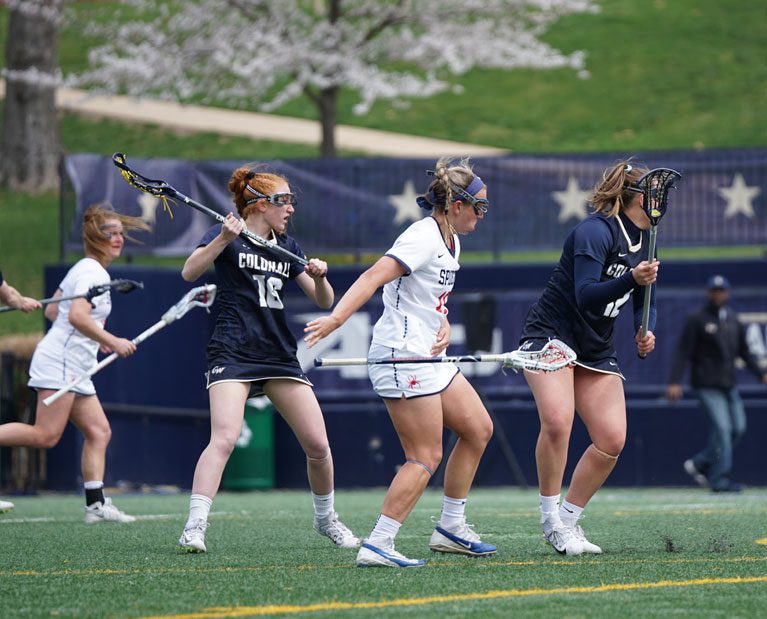As we discussed in part one of our Pediatric Sports Condition series, many things lead to an increase in the injury rate in the pediatric and adolescent athletic population. Two categories of contributing aspects, intrinsic and extrinsic factors, were covered as well as how both of these should be kept in mind in children's sports.
Sports Injuries are Preventable
A common misconception is that pediatric injuries are random and therefore unavoidable. This is simply untrue, as can be seen with the effectiveness of ankle sprain and ACL injury prevention programs. Pediatric sports injuries, much like many systemic diseases, have direct causes and can often be prevented, or at the very least controlled. Some even say that injuries are not a problem, which contributes to a lack of education about prevention programs and can also result in formal sports medicine education not being integrated into pediatricians' training.
Ways to Prevent Injury
Healthcare professionals are seeing a rise in injuries in young athletes due to the aggressive culture in organized sports for this age group. Humans, by nature, are often resistant to change, and this can mean failure in implementing injury prevention strategies. One way to solve this is to adopt strategies that ease anxieties and reduce resistance without changing the way a sport itself is emphasized. Some simple strategies to apply include pitch count limits, pitch types, monitoring the number of teams in one sport in which an individual child plays, and the use of proper protective equipment.
If you have any questions or concerns about your child's sports involvement or teams they play on, reach out to your local SET Physical Therapy for more information.
Note: The information in this series originally appeared in "Injuries in the Pediatric Athlete: Etiology and Strategies for Prevention," which Chana Frommer co-authored.





